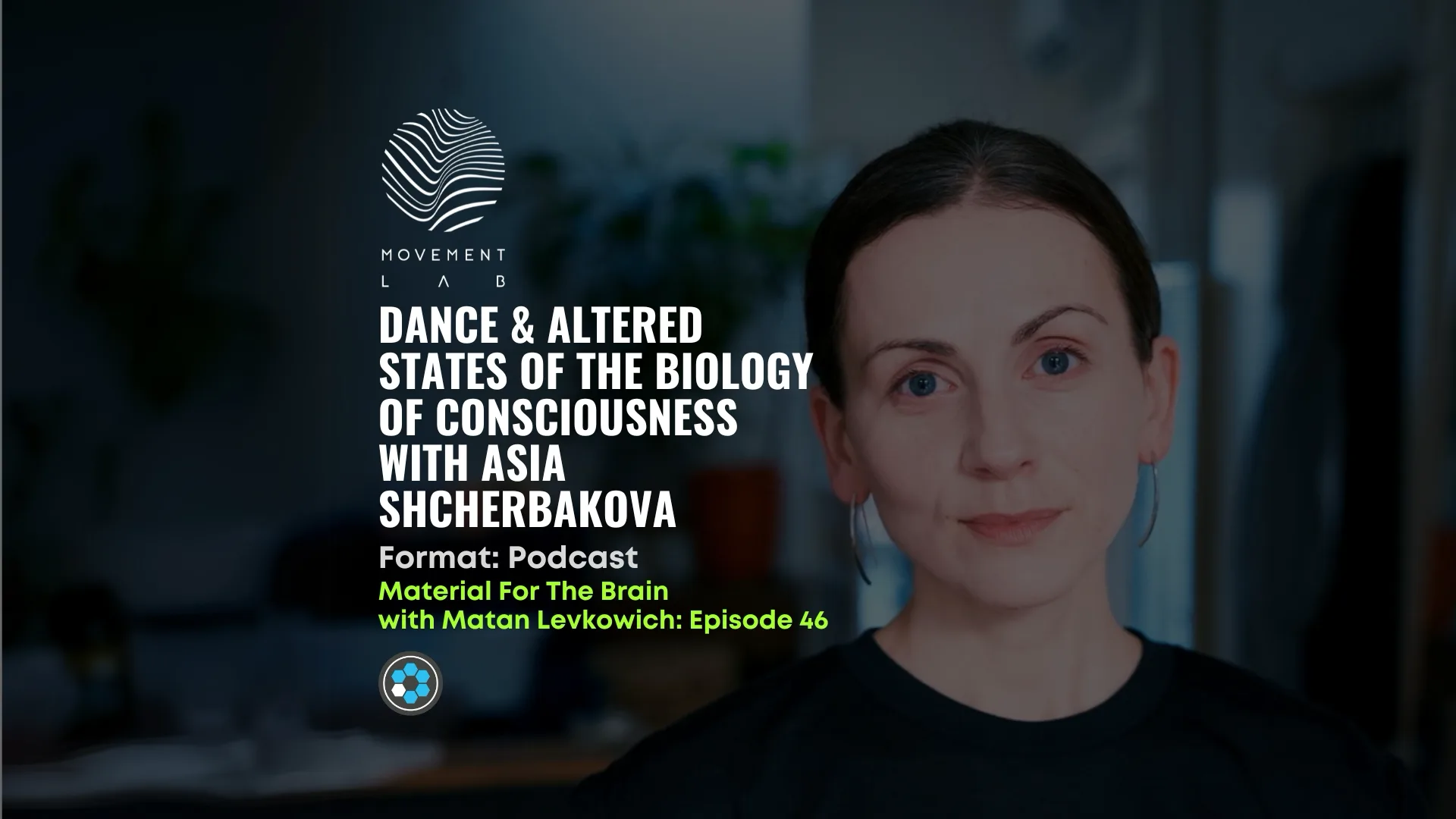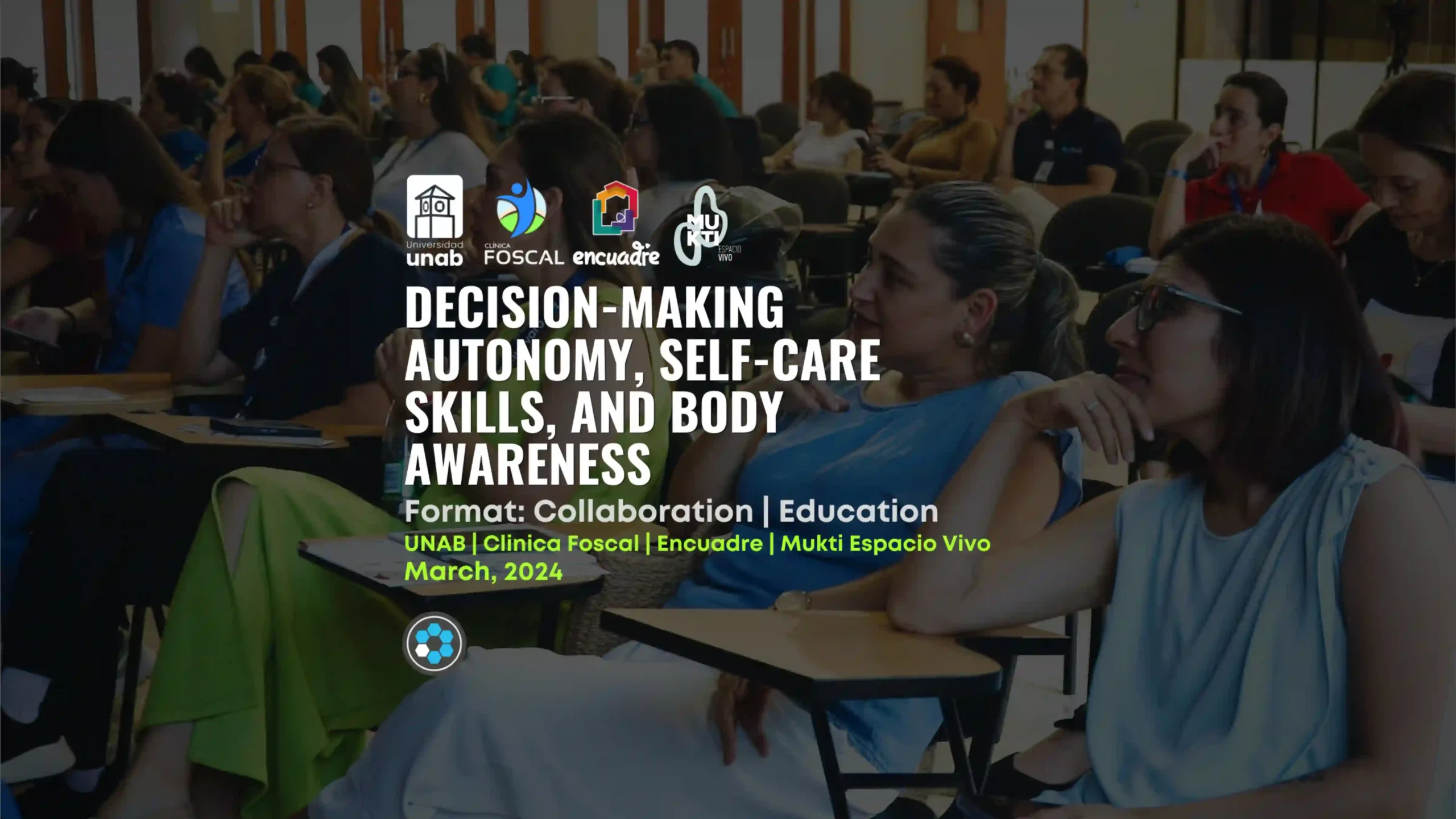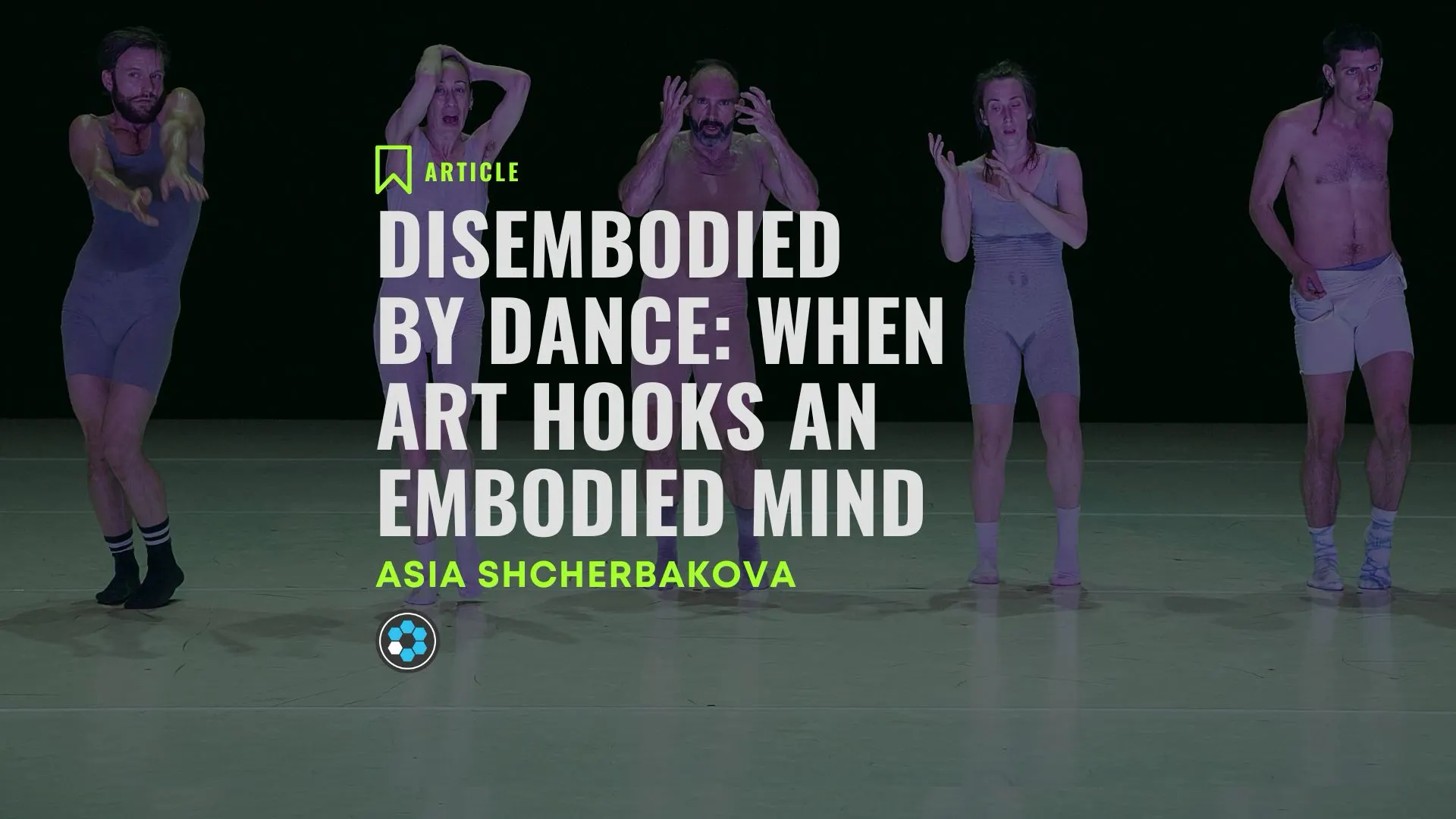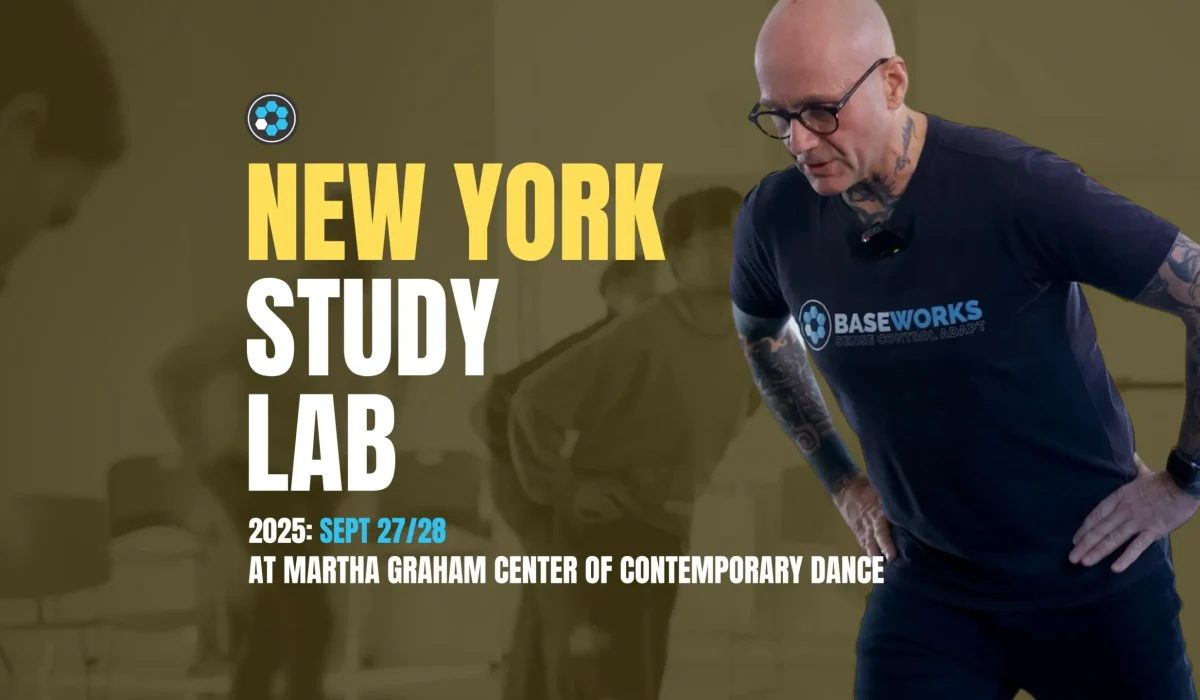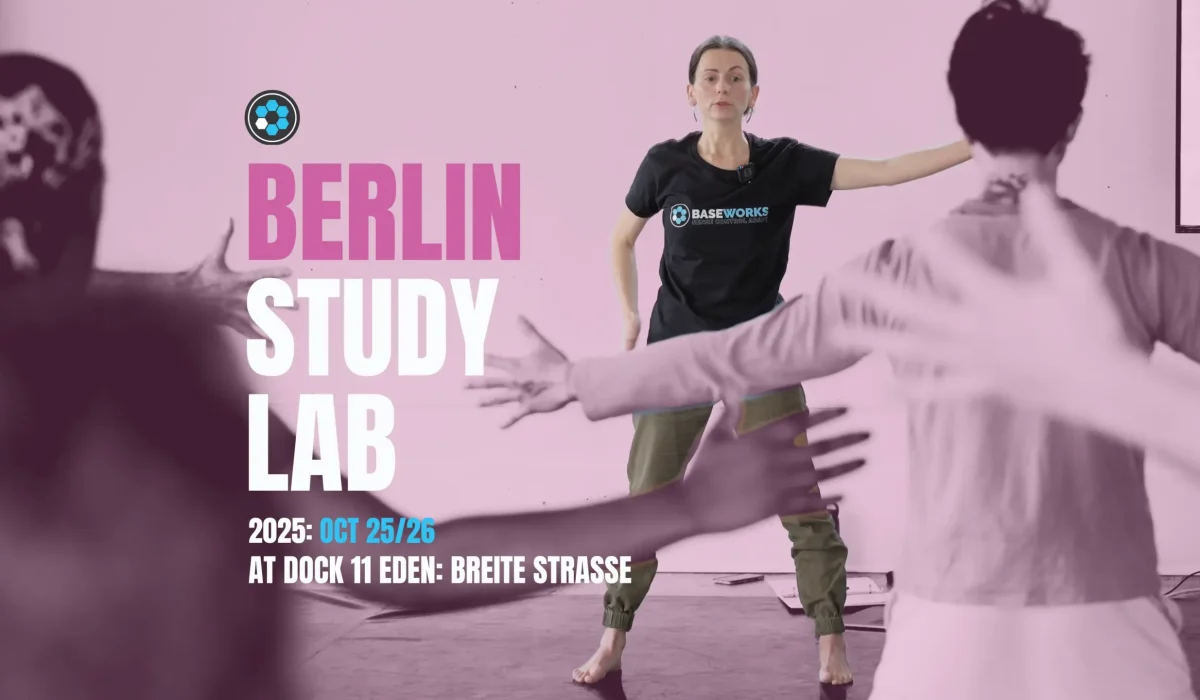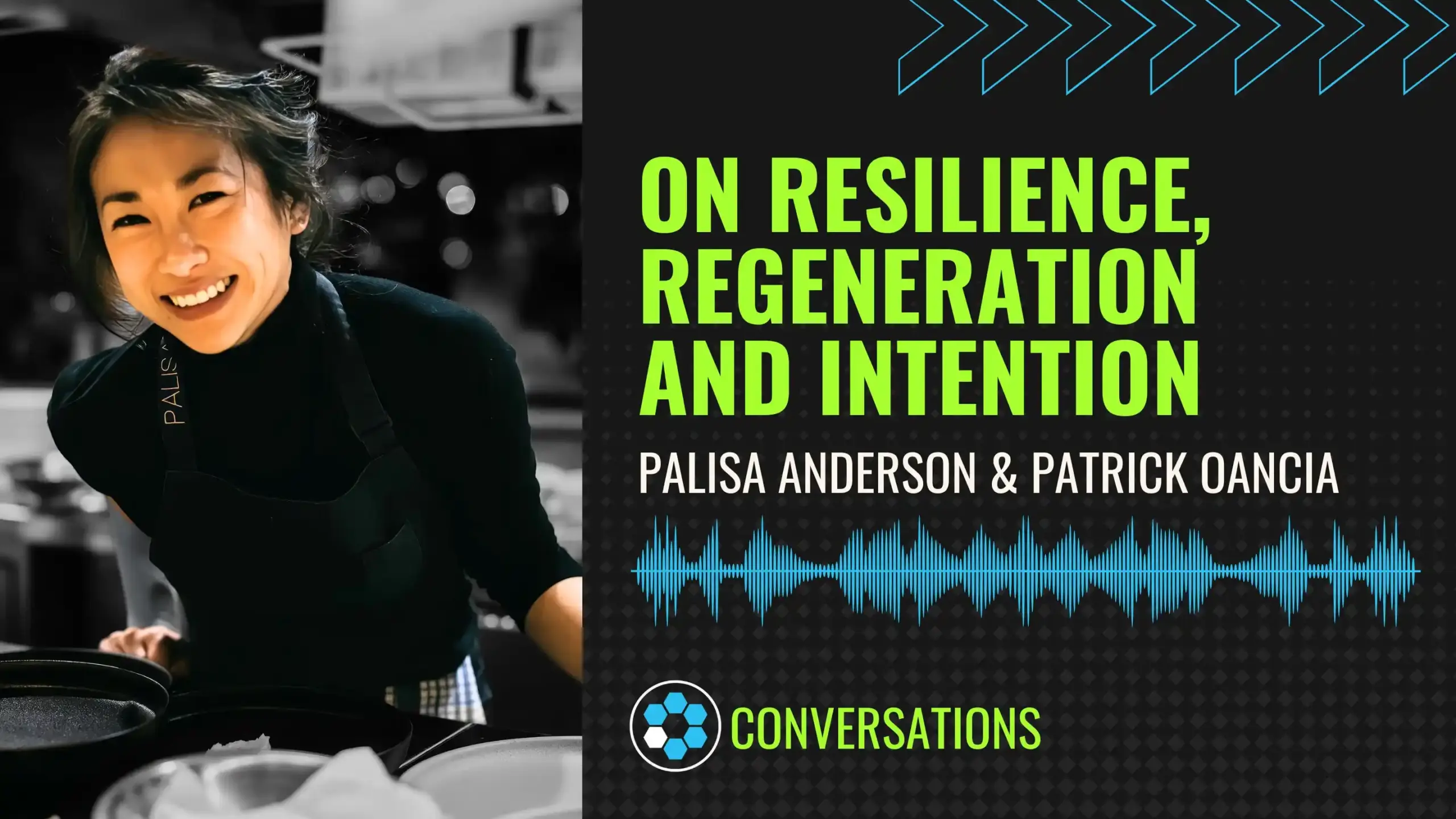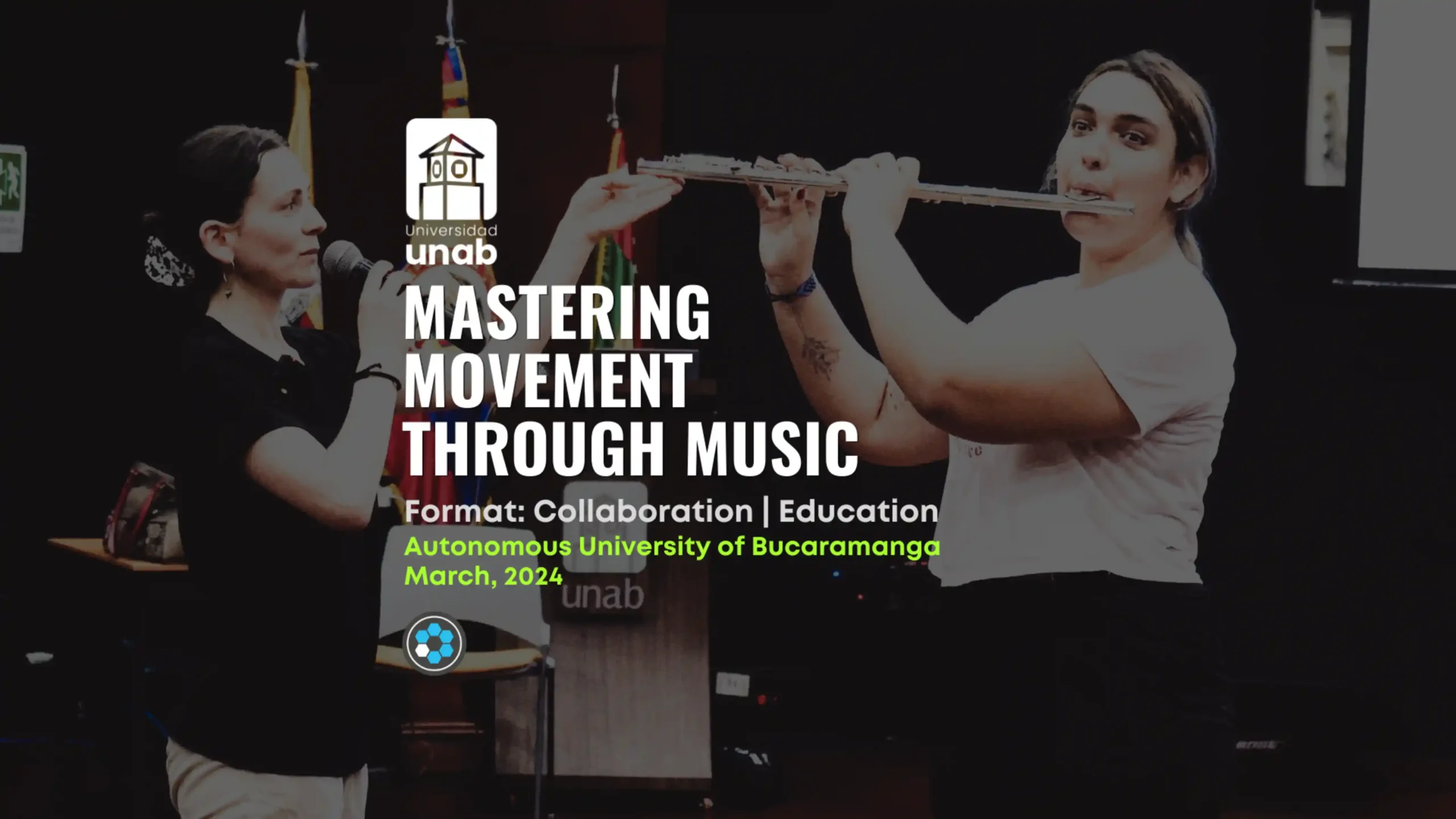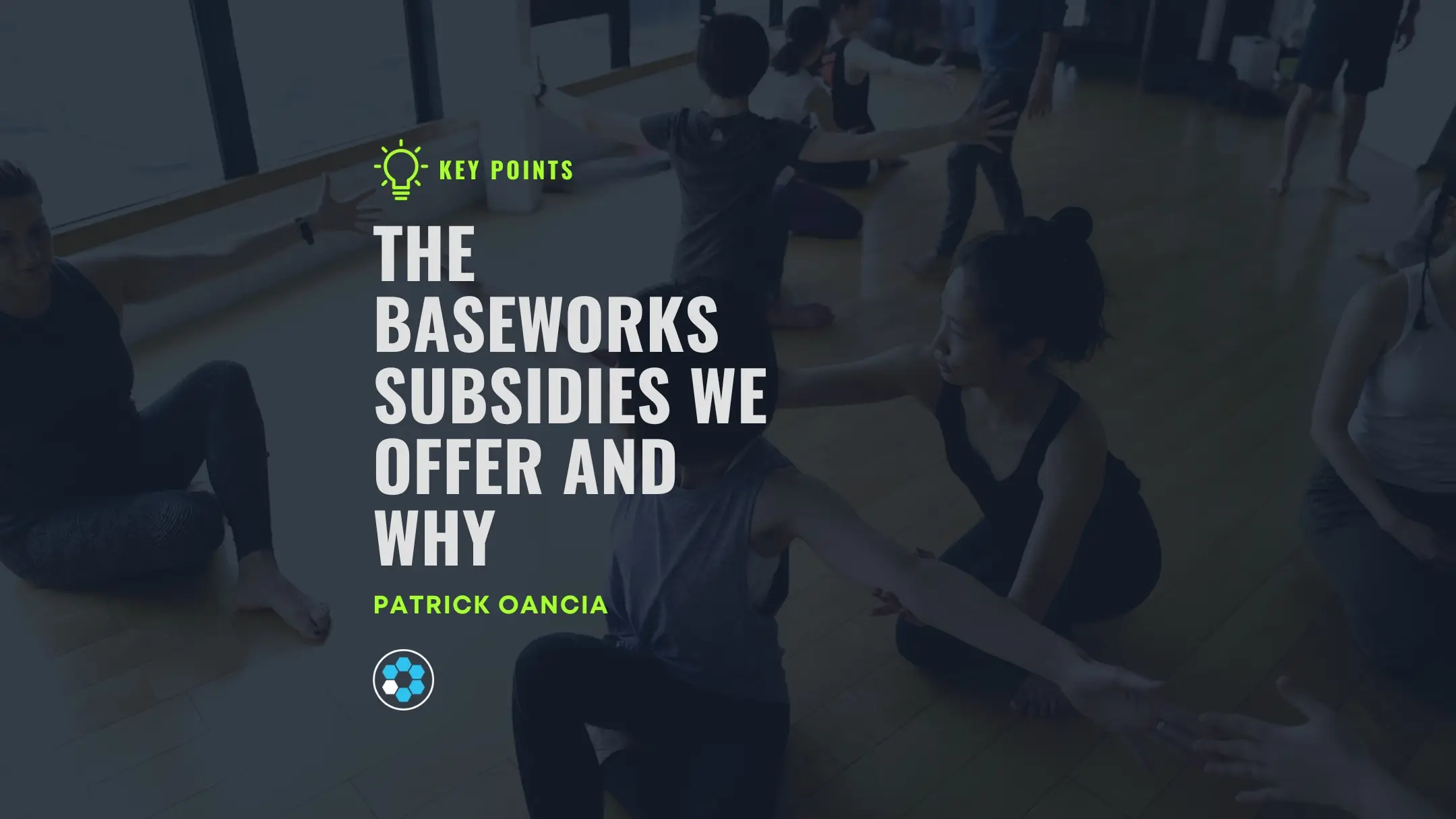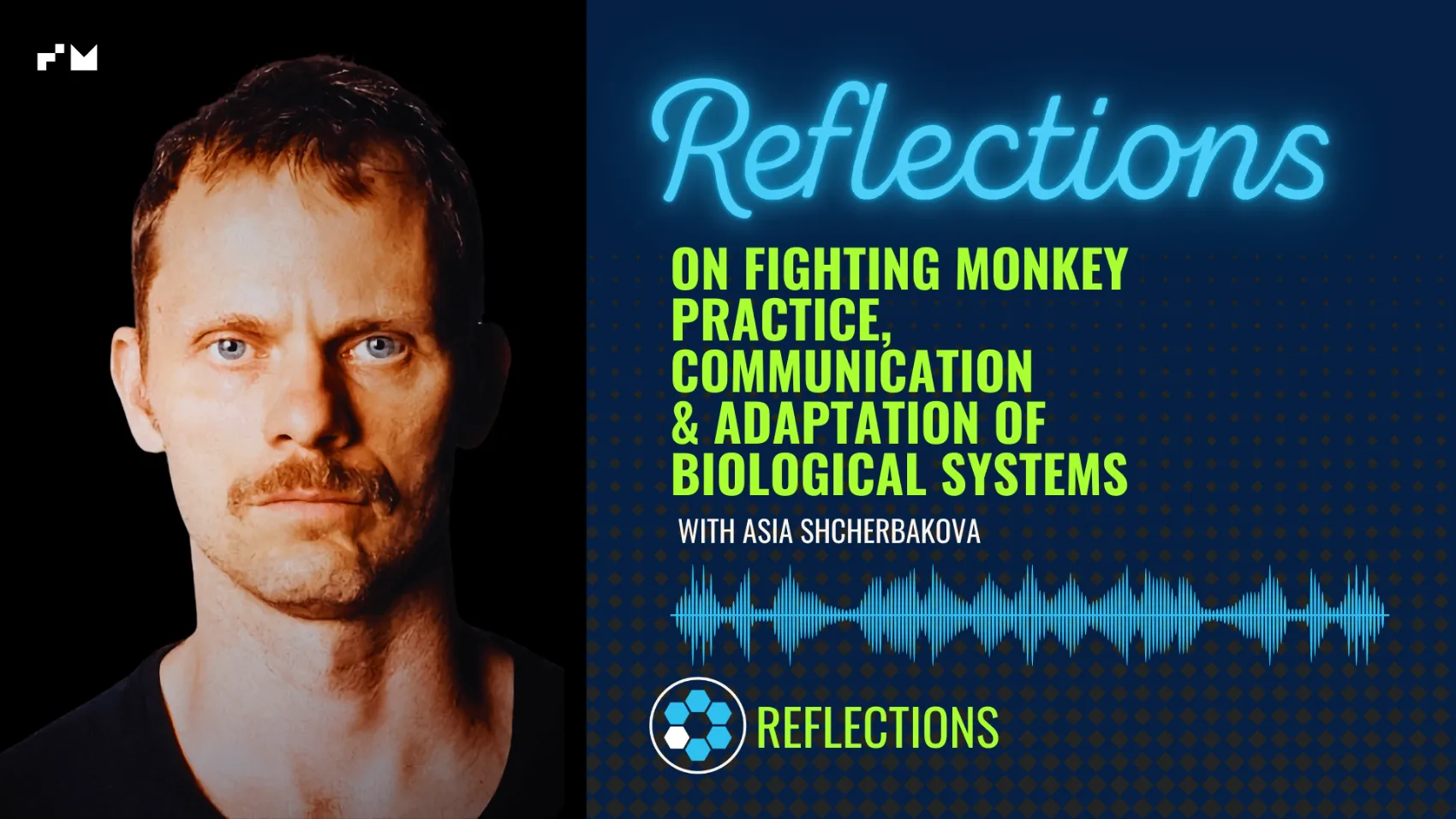In July, Baseworks founder Patrick Oancia and Baseworks co-developer and CRO Asia (Ksenia) Shcherbakova were invited as panelists at WordCamp Canada 2024 in Ottawa to discuss multilingual development. For our readers unfamiliar with WordPress, it is a CMS (content management system) that currently powers 43% of all the websites on the internet and accounts for an impressive 62% of available CMS solutions. WordCamp is a large-scale WordPress community event.
In this article, we outline our experience at WordCamp Canada and trace deep parallels between language and movement, web development and movement learning, and WordPress and Baseworks.
What ties Baseworks and WordPress?
All our sites are built on WordPress, which provides scalable functionality. For example, our Practice Platform includes many custom functions we built that are unavailable and unachievable in off-the-shelf SaaS solutions like Kajabi, Thinkific, and Teachable.
It’s been a long journey. Since the early 2000s, our Tokyo studio had a hard-coded HTML site with no content management system. As the site grew, maintaining and updating content became increasingly difficult. Eventually, we migrated the site to WordPress, which made things much easier. This switch also allowed us to integrate website user registration and our payment system via an API with SaaS booking software. We became the first business of our kind in Tokyo to offer fully automated online ticket purchases and a personalized student dashboard with a seamless payment and booking interface.
In the early stages, we heavily relied on custom development. We invested a lot in creating complex functionalities with developers who, unfortunately, didn’t always follow WordPress best practices. Over time, these functionalities became incompatible with updates to the WordPress core, leading to more custom development to fix the issues, which was very frustrating. Looking for a more sustainable solution, we experimented with various plugins and eventually found an ideal combination. These plugins are stable, fully supported, and maintained by their developers, giving us exceptional flexibility. We streamlined this approach to the point where we started helping individuals and businesses with similar needs to build similar infrastructures.
This approach is a perfect metaphor for the Baseworks movement vocabulary: finding (training would be an analogy for installation) minimal, essential movement building blocks that can be easily combined with others to achieve anything you want. Below is more on Baseworks parallels.
Our experience at WordCamp
We met many cool people, had many thought-provoking conversations, and were generally very impressed with the level of organization and the sense of community. The food was also great!
Talking to developers about Baseworks was almost like talking to neuroscientists. We could use terms like programs, functions, patterns, modules, access rules, cache, variables, and different types of code, making it easier to explain our work in familiar categories.
One of our panelists, Trevor Mills, shared an interesting story. In one of his projects, he needed to enable automatic translation from a second language to the main language using WPML. When he examined the code, which had evolved over a decade, he found it to be a complete mess—no apparent logic, just a collection of attempts by different developers to solve specific problems.
This can serve as a metaphor for observing someone’s movement patterns when they struggle with following instructions. Their “movement code” has evolved through a lifetime of solving specific functional problems. As we often point out in Baseworks, once a skill is learned, we usually lose conscious awareness of how it is performed. If a “movement program developer” could examine the code of our unique movement vocabulary, they might, like Trevor, be astonished at its complexity and difficulty in modification.
While we can’t literally look at code in Baseworks, we do have methods to create small, modular movement building blocks. These can be individually called upon and easily combined in various sequences to achieve more complex functions.
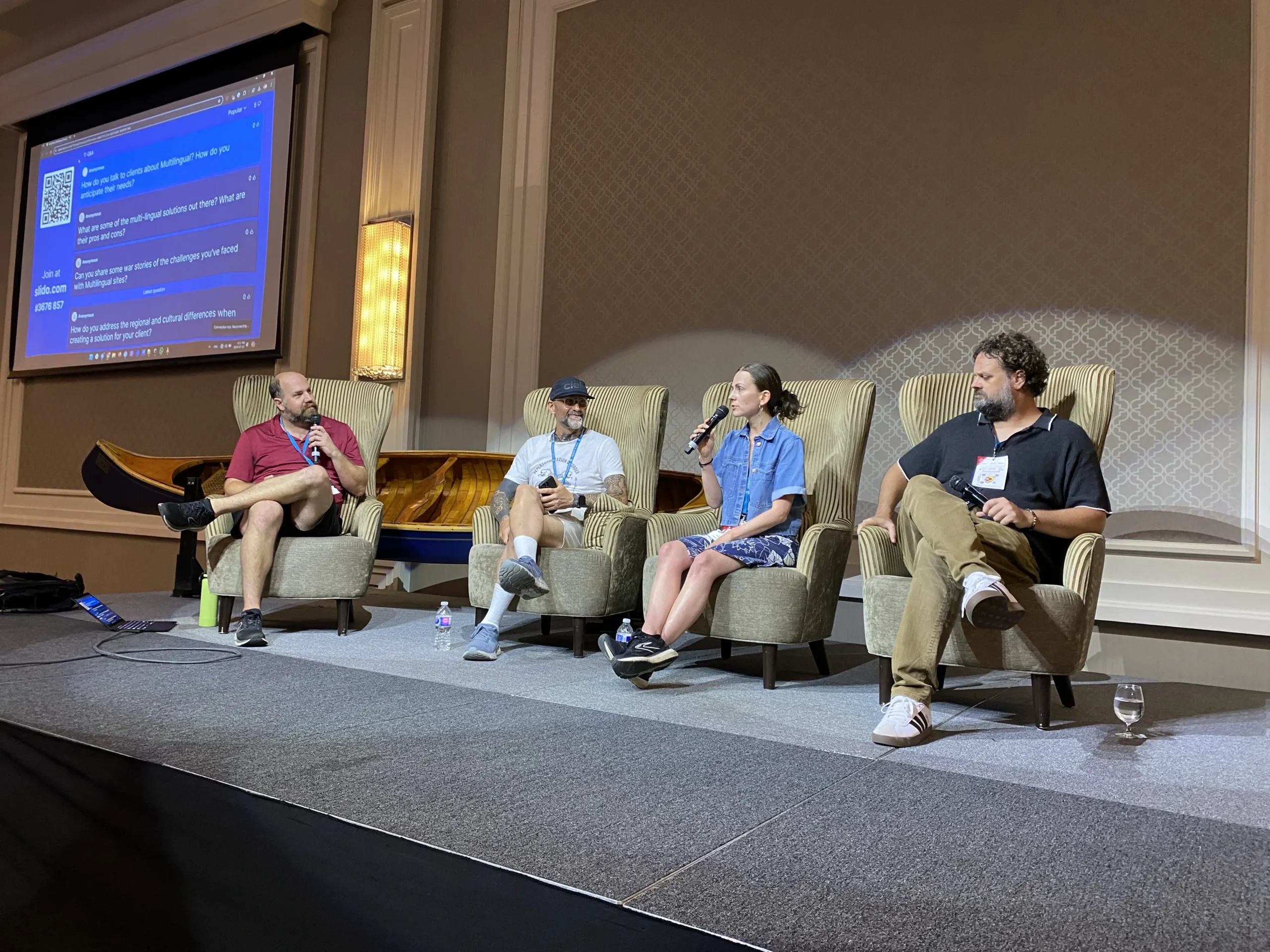
Baseworks Multilingual
Baseworks is a multilingual project on multiple levels.
On the most superficial level, throughout our history, we have had significant English-speaking and Japanese-speaking audiences; therefore, all our content and sites had to be bilingual.
Another level is copywriting, which extends into teaching.
For example, how would you translate the following Baseworks tagline?
A Movement Practice That Makes Sense
We came up with two different versions that capture two different essences of the English phrase:
- 理にかなう練習 (ri ni kanau renshū) = the practice which aligns with “principles” (this phrase is used in Japanese in a way similar to “make sense” in English)
- 納得できる練習 (nattoku dekiru renshū) = the practice which makes you feel “oh, I see, it makes sense” ; the practice that satisfies your curiosity; the practice that answers your questions
Both translations add new, rich meaning, which almost deserves to be translated back to English. For instance, the Principles “理” in the “ri ni kanau” expression allude to an important concept in Eastern philosophy. Ri means “Correct order as a human.” It also means “Pattern” (read more about Ri in Confucianism and in early Chinese cosmology ). Both renditions have also naturally appeared in the feedback we have received from our students.
Another aspect of the intelligibility of “multiple languages” relates to movement.
Intelligibility of movement
To be able to follow movement instructions, we need to both be able to perform the movement (have preexisting skills) and understand the instructions. Although it may sound obvious, it is not only about the teacher being able to instruct in a language that their student understands. Verbal communication relies heavily on shared context and experience. The question of “correct interpretation” of physical instruction is almost absent in the field of physical education (except for more competitive domains or specialized vocabulary to refer to various moves and techniques).
We often use the example “lift your arms” in Baseworks. There are so many ways to interpret what exactly this movement entails. Even when looking at the instructor, people tend to perform this movement differently.
This can be compared to “automatic translation.” It’s often good enough to understand general meaning but often misses or misinterprets details. The quality of automatic translation has improved immensely over the years, but it is still less than optimal for context-sensitive languages like Japanese.
If we were to draw an analogy between the quality of translation and the precision of understanding of movement instructions, many movement practices in the health/fitness/wellness industry rely on automatic translation. In Baseworks, we have created mechanisms to check that the interpretation is correct and that both the instructor and the student move with a similar intention.
However, returning to WordPress, we needed technical solutions to make our digital platforms multilingual.
Building interactive multilingual websites
One of the biggest points of discussion at the WordCamp Multilingual panel was that making a site multilingual is not only about translating its pages and plugins and that “lighter” solutions are often limiting for those aiming at localization. It seems like the industry is moving towards creating quick “good enough” solutions for enterprise websites, and towards making it easier for the end user to generally understand what’s on the page. Both these directions are largely missing the spot where we are (like many other businesses that offer both context-sensitive content and technical functionality), so we were sharing our viewpoints.
However, there are many more layers to how we connect with Wordpress besides its helping us achieve technical functionalities, and that was the main reason why we went to Ottawa to participate in the WordCamp.
Baseworks and WordPress have a lot in Common.
The WordPress philosophy and the Baseworks Method philosophy share several parallels in their approach to design, user experience, and overall mission.
Inspired by all the conversations at WordCamp, we will adopt the term UX (user experience) to refer to the quality of the moment-to-moment experience, recognizing that it can be refined and optimized to become more aesthetically pleasing and entertaining. In this case, the user is not a user of an electronic device or digital interface but a user of the body, with all its neuromuscular wiring.
But let’s trace these correlations between WordPress and Baseworks:
1. Flexibility and adaptability:
WordPress is known for its customizable nature (as mentioned above), allowing users to tailor their websites to specific needs. Baseworks also promotes adaptability in movement practices, encouraging practitioners to (1) modify techniques to suit their bodies and goals and (2) develop a universal movement vocabulary to support their unique needs.
2. Simplicity and accessibility:
Both philosophies emphasize creating tools and experiences accessible to a wide range of users. WordPress aims to build “software that works for everyone, from a new user to an advanced developer.” Baseworks focuses on making movement learning accessible to various skill levels by addressing the needs of people with low body awareness who struggle to follow movement instructions.
3. User-centric approach:
WordPress prioritizes user experience, striving to be “the fastest and canonical way to manage WordPress”. Similarly, Baseworks is a user-centric approach to teaching movement, tailoring strategies to individual needs and abilities and emphasizing the importance of developing self-generated feedback capacity (body awareness) in movement.
4. Continuous improvement and distributed development:
Both philosophies emphasize ongoing development and refinement by a large group of individuals, contributing their ideas for one common cause. WordPress regularly updates its platform. Baseworks was developed via a collaborative process between its distributed teaching body, continuously testing various approaches and applications on thousands of end users (Baseworks practitioners), immediately feeding back what worked better and removing what did not work.
5. Empowerment and Autonomy:
WordPress empowers users to create and manage their online presence. Similarly, Baseworks focuses on empowering individuals to understand and improve their bodies, mental states, and movement patterns and take overall responsibility for their physical well-being instead of outsourcing it to other specialists, who may have great technical skills & knowledge but ultimately don’t have the time and invested interest to get to know you and what you need.
Therefore, WordPress and Baseworks share a commitment to user-friendly, scalable, adaptable, and empowering approaches in their respective fields. We felt at home at WordCamp.
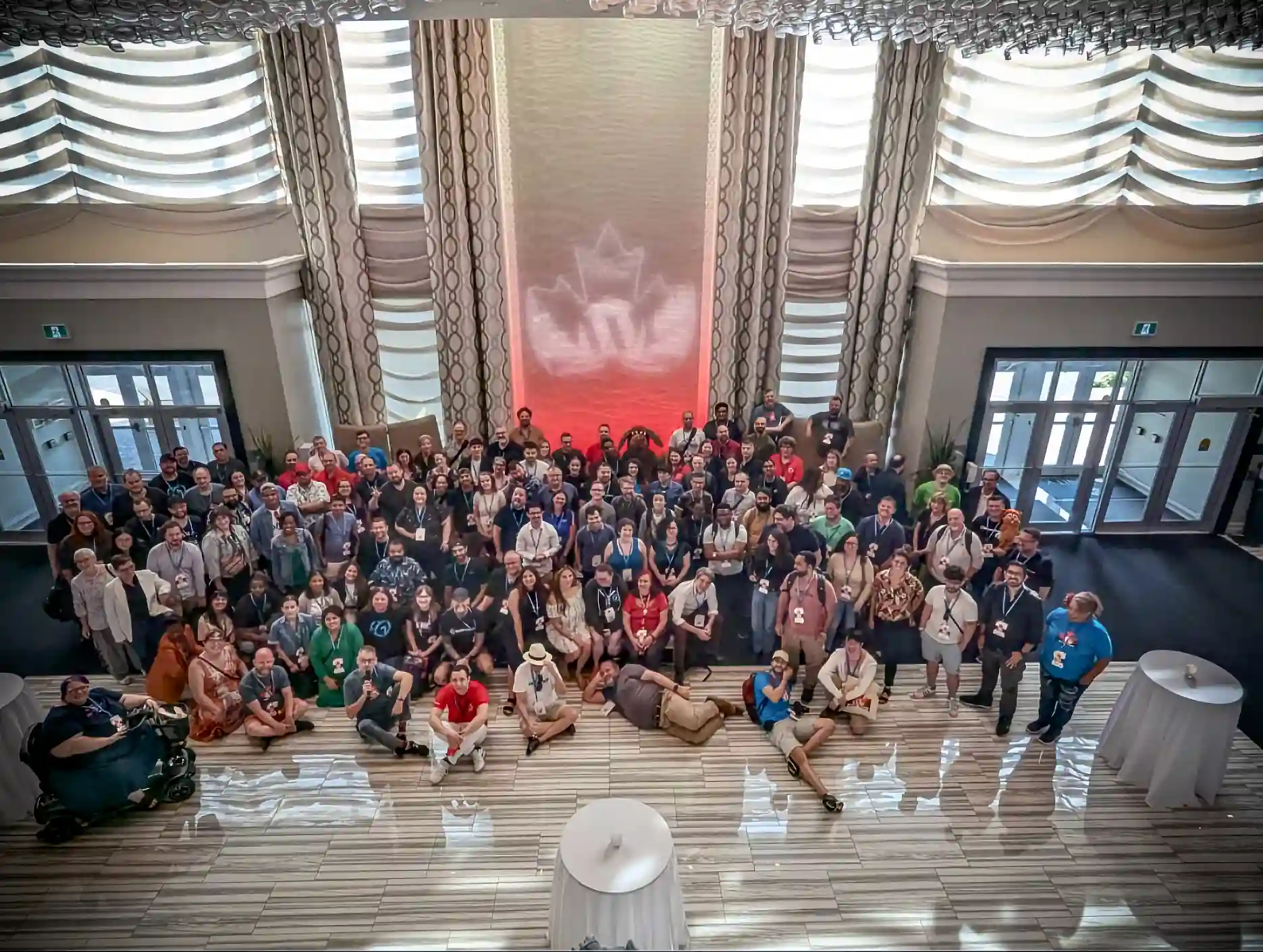
Conclusion
A key aspect of Baseworks’ development trajectory is stepping outside conventional frameworks to understand how other systems operate. This approach has been central to Patrick Oancia’s vision to distinguish Baseworks as a unique educational modality focused on perceptual training rather than health and wellness-specific. This broad interest in systems underlies the focus in Baseworks on understanding how it can rewire the brain, providing deeper perspectives and insights that transfer across various domains of our experience and activities.


